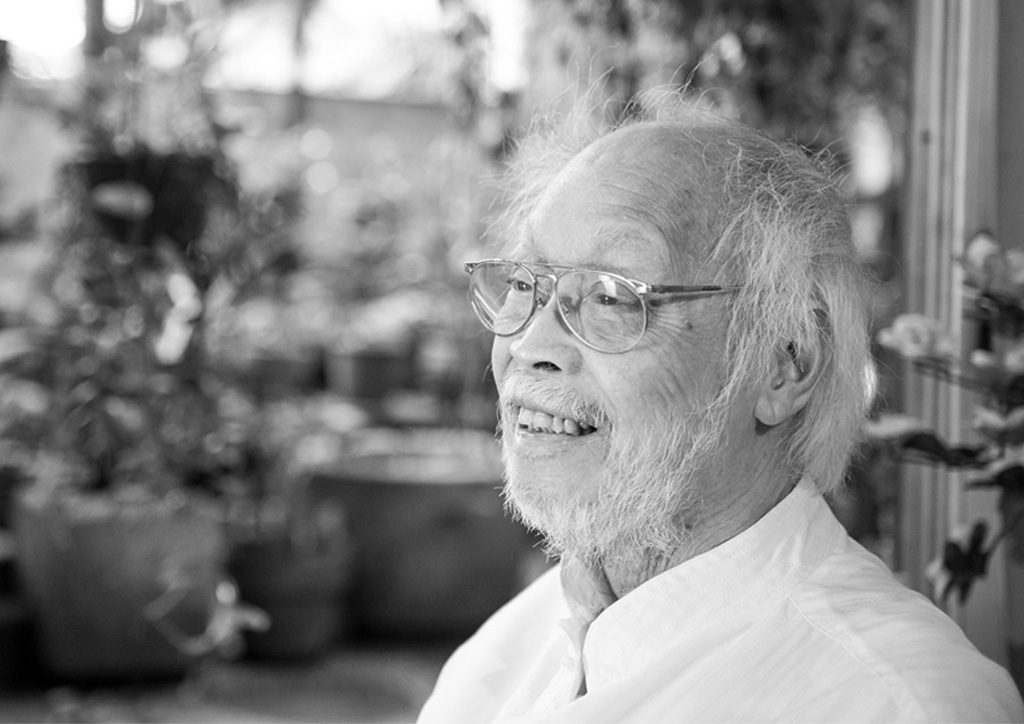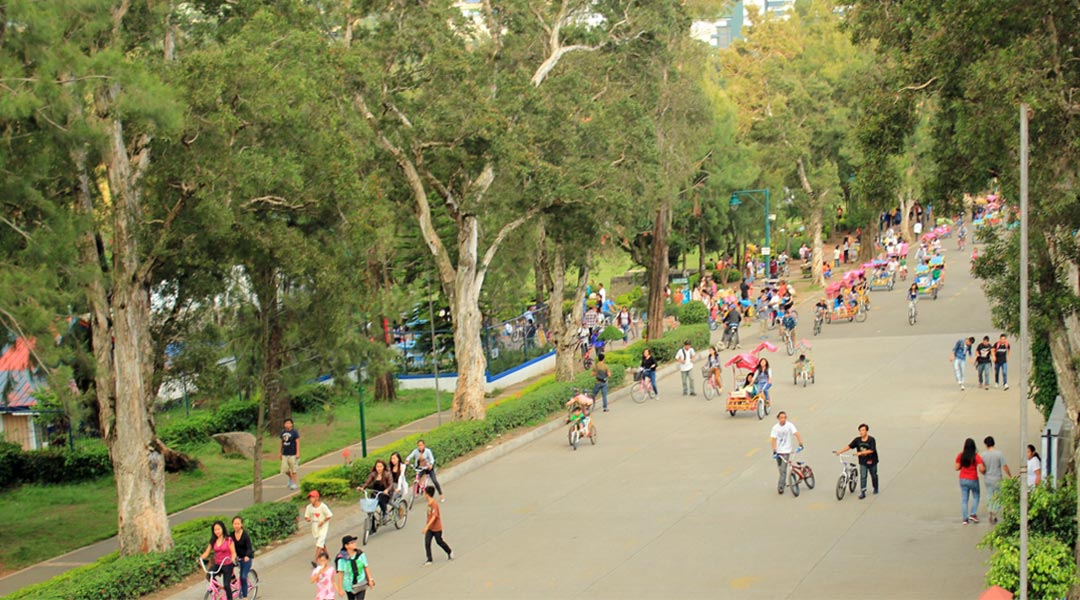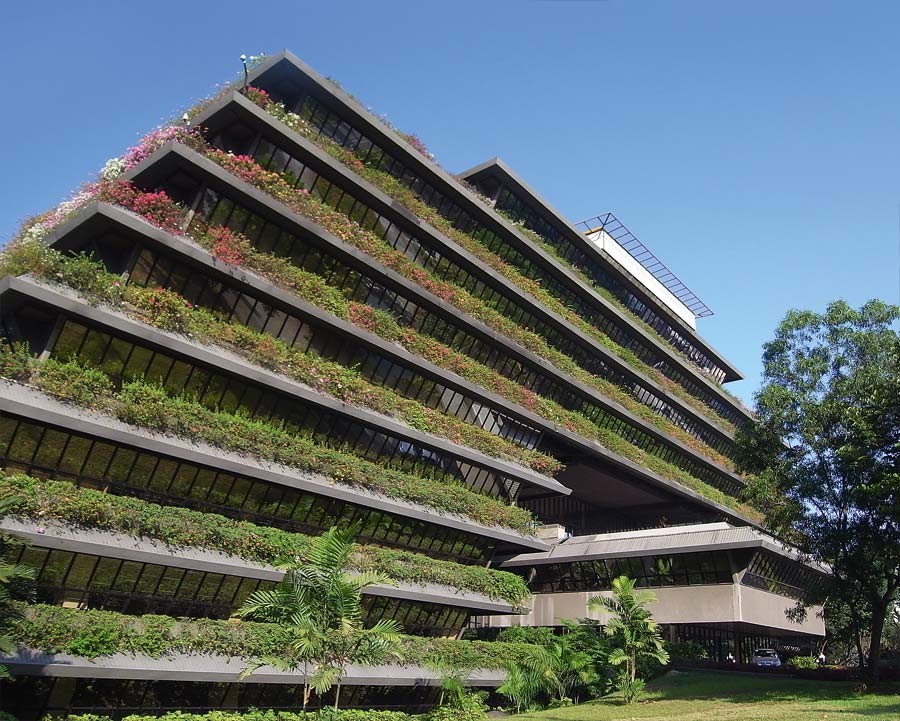Editor’s note: Today is the sixth death anniversary of Ildefonso P. Santos, Jr., a National Artist for Architecture and the Father of the Father of Modern Philippine Landscape Architecture.
When one gazes at a glass-domed commercial complex or a cluster of high-rise residential towers, one rarely notices the greenery that surrounds it. What most people fail to realize is that without the surrounding landscape, the scene would not be as picturesque, nor would it seem as complete.
Landscape architecture complements any edifice. It adds color and life to what may seem drab or nondescript. This is why it is so essential to the outcome of any architectural project. And no one knows this better than I.P. Santos, one of the pioneers in this field.

Ildefonso P. Santos, Jr. was an architect by education, an artist in his passion, and a landscape architect by profession. These were the influences that bear an imprint on his works. His landscapes were linear (or architectural), with abundant use of concrete. But these were softened by a mix of patterns, textures, and materials, obtaining the “malamig sa mata” effect of which he so often spoke. The integration of local art pieces to his landscape was essential—an expression of our culture, as he would say. The use of mass plantings in his softscapes was his trademark, creating a visual feast of colors and textures.
READ MORE: Creating beauty for others: IP Santos’ work philosophy
According to Santos, the field of landscape architecture is relatively “young” in the Philippines, with a huge potential to grow. “I feel there is still a lot of opportunities to develop local landscape architecture. There is always something new to discover,” he said. “We are so rich in natural resources, so we must make use of these local materials as much as possible.”

Unfortunately, Santos said that most landscape architects here tend to use imported materials instead of researching and using those of the homegrown variety. “They should not stop and accept things as they are. They must try to go beyond that,” he urged. “Filipinos do not appreciate what we have. We should learn to make maximum use of local materials.”
“For instance, the jade vine, which is very much ignored here, has been used in Java, Kuala Lumpur, and Singapore. You see this used in other countries, along with other plants that are available locally,” Santos revealed. In fact, he related, his former boss in the US once asked him to send cuttings of the vine for a project in Hawaii.

“Take the bandera española, for example. I was the first to use this in the Philippines. In those days, no one made use of this plant, although now it is widely used (in landscaping). Or the periwinkle and yellowbell. Now they are becoming popular, but I was the first to use these a long time ago,” he continues.
READ MORE: LOOK: Collaborative works of 2 National Artists for Architecture at MET Manila
Moreover, Santos added, “We have new technology, so we must use that.” He also suggested that travel is important for those in the same field in order to see how things are done in other parts of the world. “Travel is always a requirement, so you must go out and explore to become well rounded.”

No doubt, his working experiences abroad and his extensive travels were partly responsible for his success.
Fourteen years after he established his landscape architectural firm, Santos founded the Philippine Association of Landscape Architects in 1977. As of writing, he remained active in this organization. He also continued to teach for the Landscape Architectural Program at the University of the Philippines.
Through the years, it became a well-known fact in the profession that I.P. Santos had a special way of dressing. But gone were the days when he would walk in with clas dangling on his neck. The artist, we would like to say, has mellowed. His dreams, though, continued to be big, as he undertook the publication of a book that covered his works through the years. He called it his last hurrah. We would like to call it another beginning.



